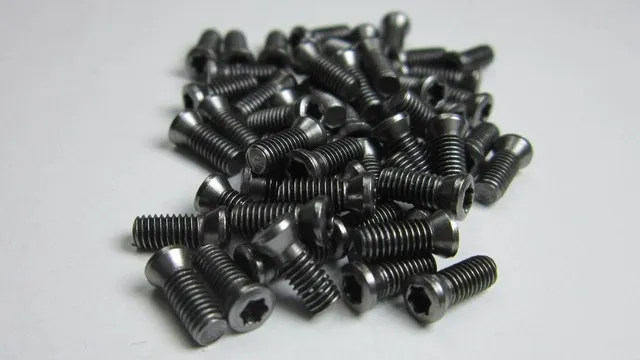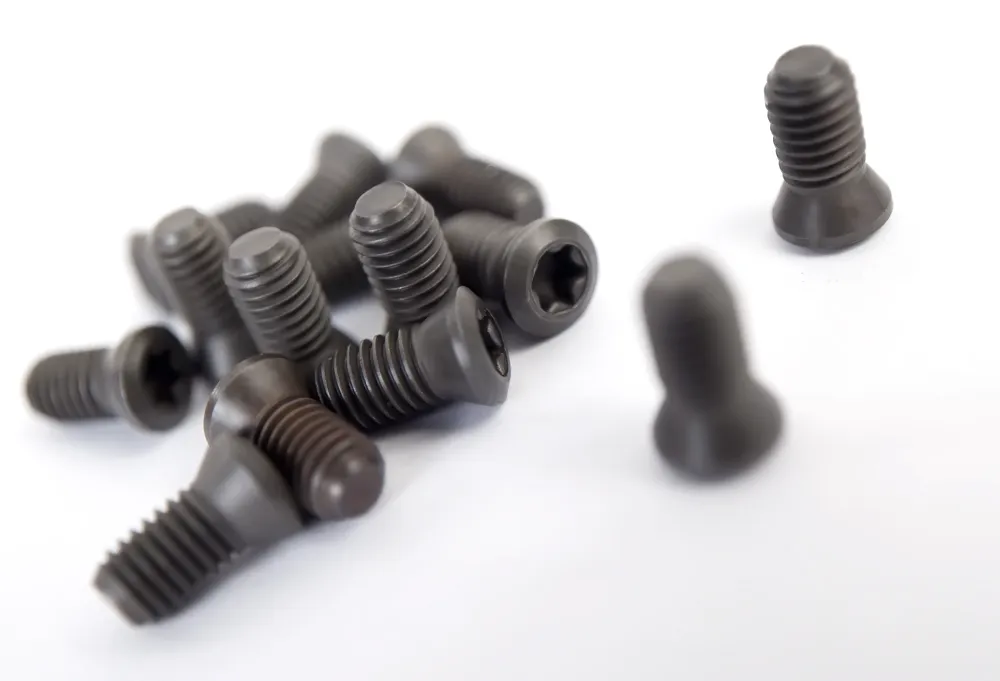Zinc alloy electroplating is an electrogalvanization process for corrosion protection of metal surfaces and increasing their wear resistance.
Zinc is often alloyed with other metals in the plating process, most commonly nickel and tin. A zinc-nickel alloy provides 10 times greater corrosion protection than zinc alone. The application of top coats and passivation treatments improves the performance of the finish and can exceed even the most demanding standards. A tin-zinc alloy also provides an effective safeguard against corrosion and is sometimes used as an alternative to cadmium plating. Other common uses of zinc alloys include zinc-iron and zinc-cobalt.
The corrosion protection is primarily due to the anodic potential dissolution of zinc versus iron. Zinc acts as a sacrificial anode for protecting iron and steel. Electroplated zinc is much more anodic than the steel substrate. Steel is preserved from corrosion by cathodic protection. Alloying zinc with cobalt or nickel at levels less than 1% has minimal effect on the potential; but both alloys improve the capacity of the zinc layer to develop a chromate film by conversion coating. This further enhances corrosion protection.

